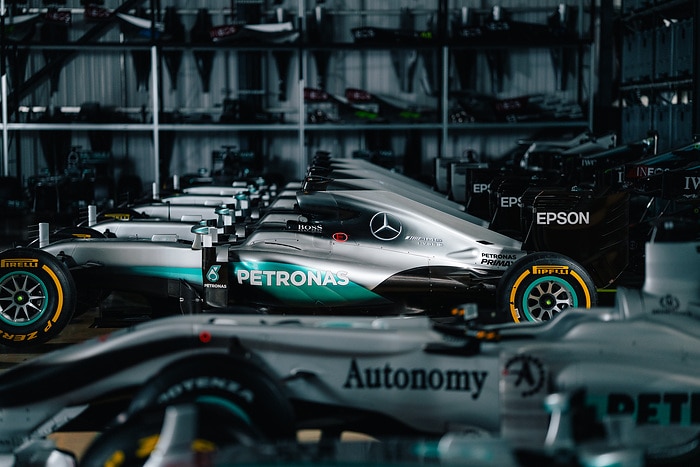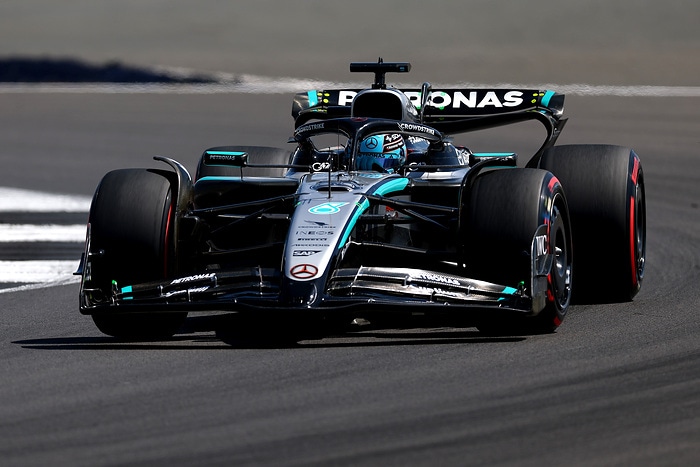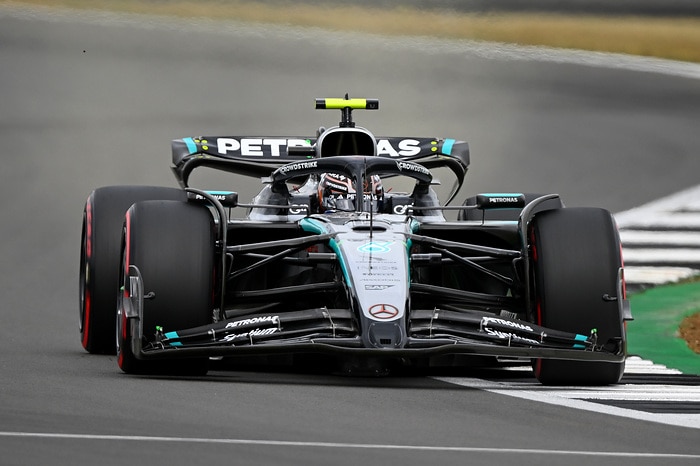
After last year’s wide-ranging raft of aerodynamic rule-changes (wider tyres, dorsal fins, sloped-back front and rear-wings), the biggest addition to the 2018 technical regulations is the adoption of the halo safety device.
Its introduction has been somewhat controversial.
Introduced to help stem the series of terrible head injuries that have befallen drivers over the past decade (of which at least two, those of Henry Surtees and Justin Wilson have been fatal), the halo is an additional protection cage around the cockpit area.
By its very nature, the halo is highly visible. And it’s visibility that has divided fans – with some stating that the device somehow compromises the clean aesthetic of a single-seater racing car. Some have gone further, claiming that its further lessening of the sport’s risks detracts from the spectacle and challenge.
No matter where you sit on the fence, it’s hard to argue with its claimed safety benefits. Designed to deflect flying tyres, cars, and large piece of debris, the halo is incredibly strong, and – in static tests – highly effective.
“So you’ve got to design your chassis to take these loads – and they’re nothing trivial: you’re talking about a London bus sitting on the side of the halo.”
Its incorporation has been a challenge for every team – and in almost every area. Aerodynamically, it compromises airflow around the cockpit; mechanically and structurally, it needs to be torsionally stiff, requiring additional support from the chassis in order to withstand some pretty heft crash load-tests.
For McLaren’s Chief Technical Officer – chassis, Tim Goss, the new challenges posed by the halo have also brought opportunities. He explains:
“The biggest challenge from the design side was to create the chassis structure to accommodate it – it has to undergo some static [crash] tests when fitted to the chassis. There’s a front test, and a lateral, oblique test. In that lateral test, the halo and mountings have to be designed to withstand 150kN – and you test to 100kN in the lab, and then prove that it will take more.
“So you’ve got to design your chassis to take these loads – and they’re nothing trivial: you’re talking about a London bus sitting on the side of the halo.”
Happily, London bus or not, the MCL33 has already passed all its 2018 pre-testing crash and load tests, and is fully prepped to begin testing in Barcelona on February 26.
In terms of everyday practicality, the halo is actually pretty straightforward.
Each team can buy the component from three approved suppliers, who all build an FIA-standard design, all constructed to the same dimensions and material thicknesses.
The teams then have the opportunity to add some minimal shrouding to the halo in order to finesse the aerodynamics from chassis to chassis.
If the halo is damaged, or needs replacing during a race weekend, it can simply be unbolted – it has attaching points at the front and rear – and quickly replaced.
With plans for a refined halo already in development, and studies being concurrently conducted into alternative solutions, it seems that cockpit head protection is here to stay – and like any safety development, will only benefit the sport in the long-term.
























